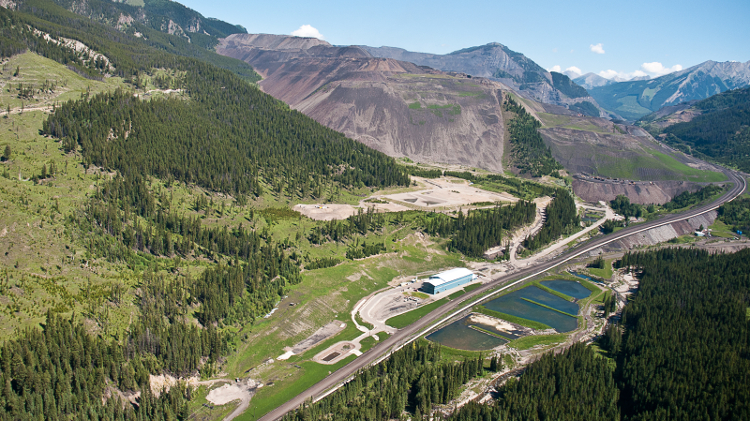At a “Shark-Tank style” event during PDAC 2017, five finalists pitched ideas to industry veterans that they believe could revolutionize the mining industry, from bioremediation to machine learning to injection hoisting.
Disrupt Mining, the brain child of Integra Gold and Goldcorp, saw Cementation Canada, Kore Geosystems, Goldspot Discoveries, Bio-Mine Ltd and TradeWind Markets all walk away with at least $50,000 each from judges Rob McEwen, David Harquail, Bernadette Wightman, Robert Herjavec and Todd White. Cementation came away the big winner with $650,000 in funding and an invite to make a deal with Goldcorp for its injection hoisting technology.
The contest, which also had 12 semi-finalists, is an example of mining’s growing reliance on crowdsourcing.
The idea behind crowdsourcing is to get as many people as possible from different backgrounds to attack a problem at once, often with cash and bragging rights as the main rewards.
The concept has already revolutionized aerospace through the SpaceX Challenge, and had been previously applied to the mining industry with McEwen’s Goldcorp Challenge in the early 2000s. The Australia-based Unearthed organization has inspired more than 1,000 innovators to tackle problems in the global resources sector, and in the process, some 150 promising technologies have been produced.
In September 2016, software developers, data scientists, engineers and entrepreneurs convened in San Francisco for a 54-hour hackathon hosted by Caterpillar, aimed at bringing together creative problem solvers and industry experts under intense time pressure to propose prototype solutions to industry challenges.
“Participants bring a different mindset and a novel approach to solving problems. We call this ‘beginner’s eyes’ to some of these deep technical challenges. A fresh set of eyes can open the highly skilled participants to devise innovative solutions and technologies,” said Roberto Ortega, business development manager at Caterpillar. “We’re excited to put that kind of energy and imagination to work on behalf of our customers.”
Ortega said that innovations from these events included novel sensors and analytics for preventing oversize material from blocking the crushers on iron ore sites, predictive algorithms that dramatically reduce the need for lab sampling, and wearable devices that improve workplace safety.
When Integra Gold acquired the Sigma-Lamaque mill and mine complex in Val-d’Or, Quebec, in 2014, it came with a treasure trove of data on more than 30,000 drill holes, mine plans, details of kilometres of underground workings and countless studies on the properties. Instead of painstakingly analyzing the complex data, the company put it up online and offered $1 million worth of prizes to whoever offered the best ideas on where to make the next gold discovery on the property. It received over 1,300 entries from 90 countries.
“Crowdsourcing is unique because it has few barriers to entry. It can attract as big and diverse an audience as possible and it encourages multidisciplinary said Integra Gold executive chairman George Salamis. “It allows those individuals who fly under the radar an opportunity to demonstrate what they are capable of. In return, we get the pleasure of sharing their ideas with the mining industry.
“This is not a fad, innovation is here to stay. For an industry as old as mining, there is always room to grow,” said Salamis.
These contests aim to create an environment where entrepreneurship and novel thinking lay the groundwork for innovation, often by participants not currently employed by the mining industry.
"There is an ecosystem of hackathon junkies in Toronto who go from event to event, using the opensource opportunity to learn of industry challenges to apply to their own applications,” said Ben Cottrell, a graduate student at the Schulich School of Business who participated in a hackathon sponsored by Barrick in early March. “The key to creating a sustainable crowdsourcing system would be maximising participation and attracting established suppliers into this space.”



